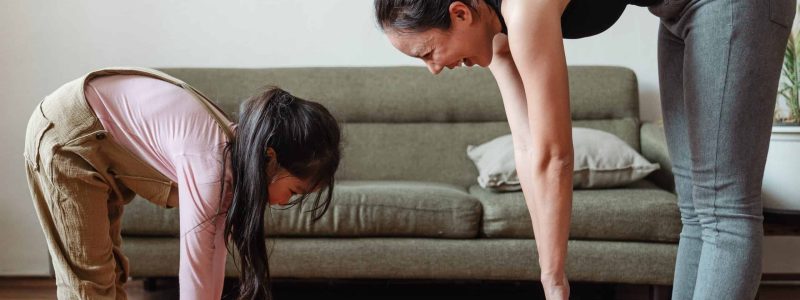Being physically active offers significant health benefits across many bodily systems. Physical inactivity has become a global epidemic leading to the world health organisation ranking being physically inactive as the 4th leading risk factor for death worldwide. Having some level of fitness offers a level of protection over numerous health and chronic conditions.
Being physically active helps prevent, treat and manage the following health conditions:
- Cardiorespiratory: Heart attack, heart disease and hypertension
Improves the heart muscle, improving blood flow, decreasing heart rate and an overall decrease in blood pressure at rest.
- Musculoskeletal: Osteoporosis, osteoarthritis and falls
Reduces the risk of falls due to increased coordination, reaction time and muscle strength. Also improves mobility, reduces pain and improves bone density.
- Nervous system: Anxiety, low mood, dementia and depression
Improves self-esteem, reduces symptoms like fatigue and pain and improves sleep quality
- Reproductive: Breast cancer side effects, gestational diabetes and polycystic ovary syndrome
Reduces the risk of fatigue, weight gain, osteoporosis and lymphedema. Improves insulin sensitivity and stabilises blood glucose levels.
- Immune System: Infection and rheumatoid arthritis/inflammatory conditions
Exercise increases circulating immune cells and proteins that assist with reduction in chronic inflammatory processes.
- Endocrine: Type 2 diabetes and obesity
Exercise lowers and stabilises blood glucose levels and improves insulin sensitivity in the body
The most marked health benefits will come from those who are beginning from a very low level of activity and building from there, simply starting to get moving and active will make a difference. Any form of activity is better than none, breaking up periods of being sedentary with movement is the first step to creating a positive change.
The World Health Organisation created guidelines to assist people to set targets for activity in order to have the best health outcomes from exercise based on your age.
According to the World Health Organisation Guidelines released in 2020;
Children and adolescents aged 5-17 years should undertake:
- At least 60 minutes of moderate to vigorous-intensity physical activity daily
- Activities to strengthen muscle and bone at least 3 times per week
Adults aged 18 – 64 years should undertake:
- At least 150 – 300 minutes of moderate intensity physical activity throughout the week OR at least 75 minutes of vigorous- intensity activity
- Strengthening activities of major muscle groups on 2 or more days a week
Adults 65 years and above should undertake:
- At least 150 – 300 minutes of moderate-intensity physical activity throughout the week OR at least 75 minutes of vigorous intensity activity through the week
- Physical activity to build balance on 3 or more days of the week
- Muscle strengthening activities for major muscle groups 2 or more days a week
The idea is to be active! Move more and sit less, build strength and improve balance. The World Health Organisation Guidelines simply offer a framework to work towards to improve health and quality of life at any age.


